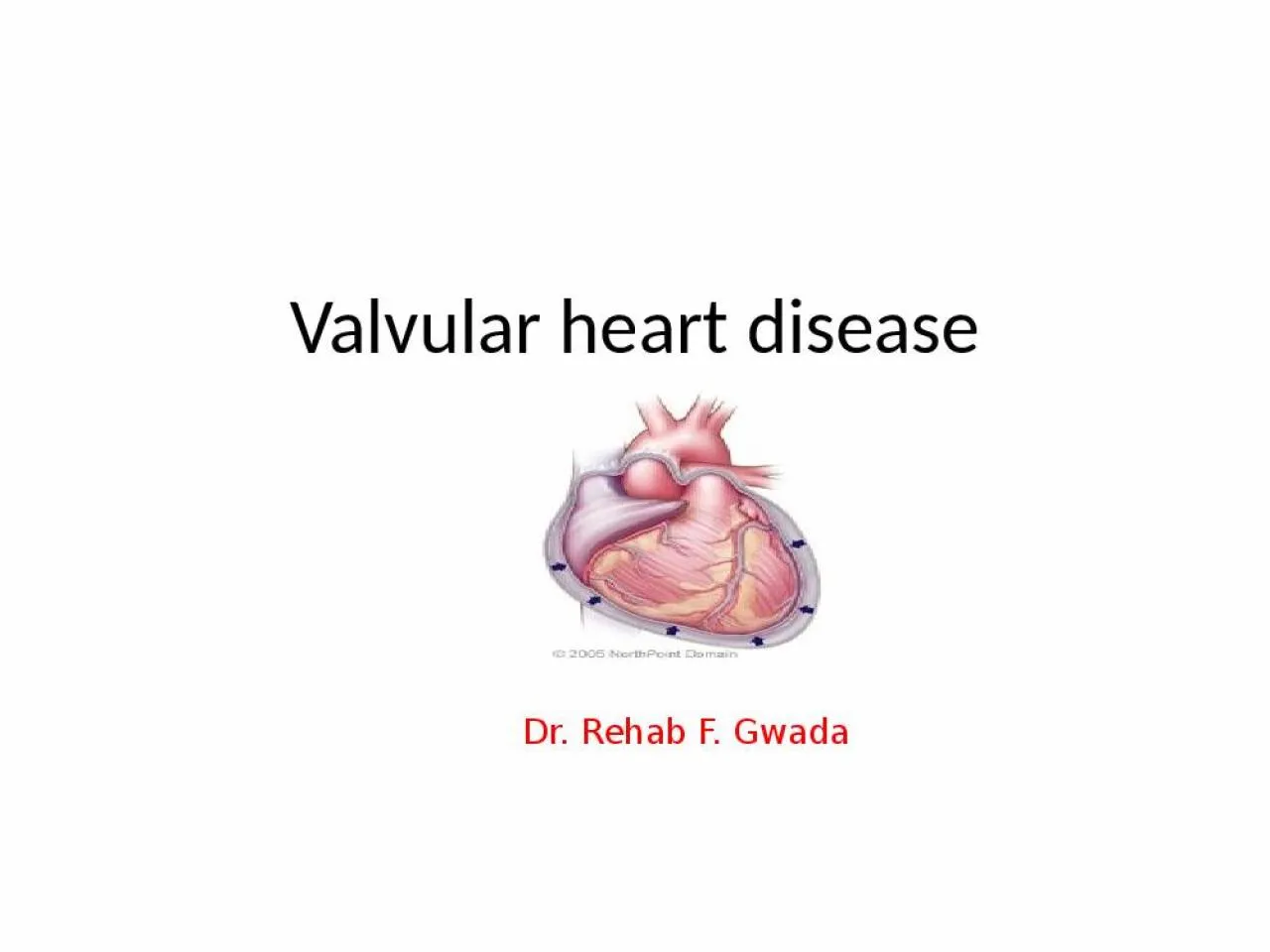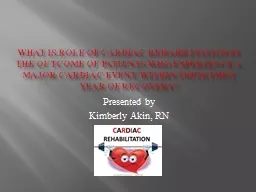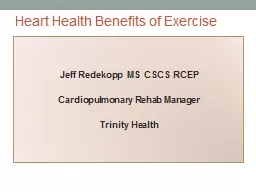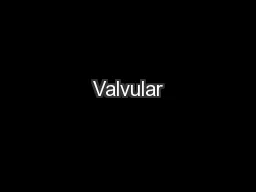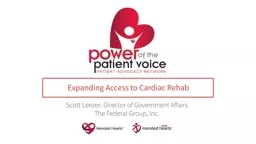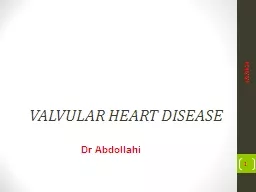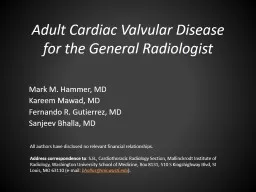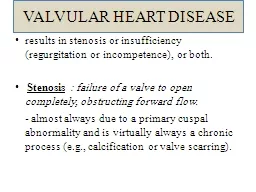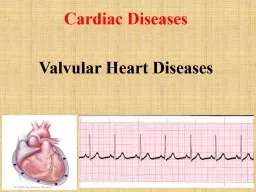PPT-Valvular heart disease Dr. Rehab F.
Author : jacey | Published Date : 2022-02-14
Gwada Normal Valve Function Maintain forward flow and prevent backward of blood flow Valves open and close in response to pressure differences gradients between
Presentation Embed Code
Download Presentation
Download Presentation The PPT/PDF document "Valvular heart disease Dr. Rehab F." is the property of its rightful owner. Permission is granted to download and print the materials on this website for personal, non-commercial use only, and to display it on your personal computer provided you do not modify the materials and that you retain all copyright notices contained in the materials. By downloading content from our website, you accept the terms of this agreement.
Valvular heart disease Dr. Rehab F.: Transcript
Download Rules Of Document
"Valvular heart disease Dr. Rehab F."The content belongs to its owner. You may download and print it for personal use, without modification, and keep all copyright notices. By downloading, you agree to these terms.
Related Documents

